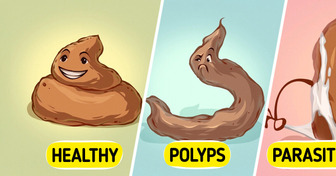34 Famous People Who Could Be Easily Confused With One Another

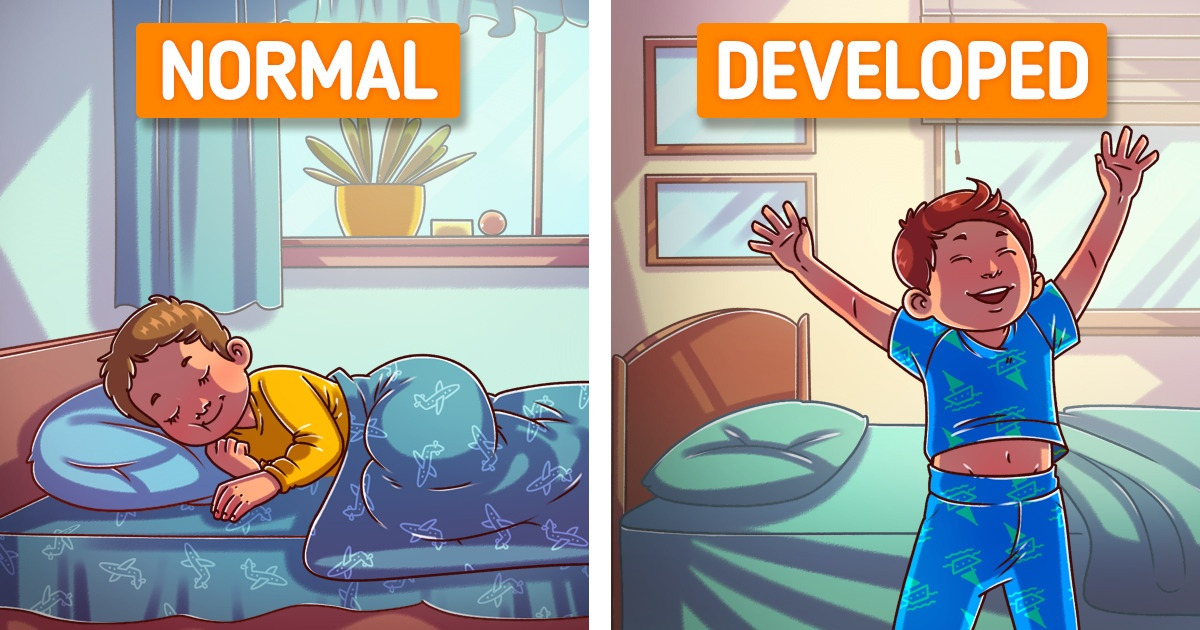
From the moment they are born until they are able to form full sentences and communicate, kids use their bodies to tell us what they need. Their cry, hand and body movements tell us in non-verbal ways if they are hungry, are tired and even if they are more developed for their age. So, parents have no other solution but to learn what these signs mean and how to react to them.
Crying is the main way a baby expresses their needs during their first 4 months of life. But how can parents understand whether the baby is crying because of hunger, pain, or something else?

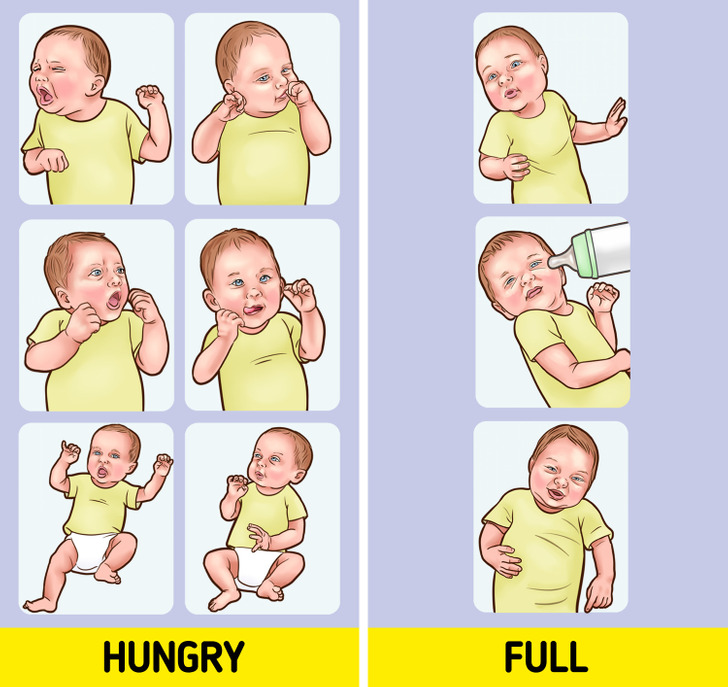
Long before the baby learns to speak, they will be giving signs to the parents indicating whether they are hungry or full. Crying is often a late sign of hunger, which is why experts recommend learning to notice other signs, such as sounds and movements, and encouraging the baby to eat as long as they are calm.
A baby can tell you they’re hungry in the following ways:
The baby can demonstrate either some or all of the aforementioned signs of hunger. Monitor how the baby behaves between feeding sessions and you’ll soon find it easier to distinguish the signals the newborn is sending you.
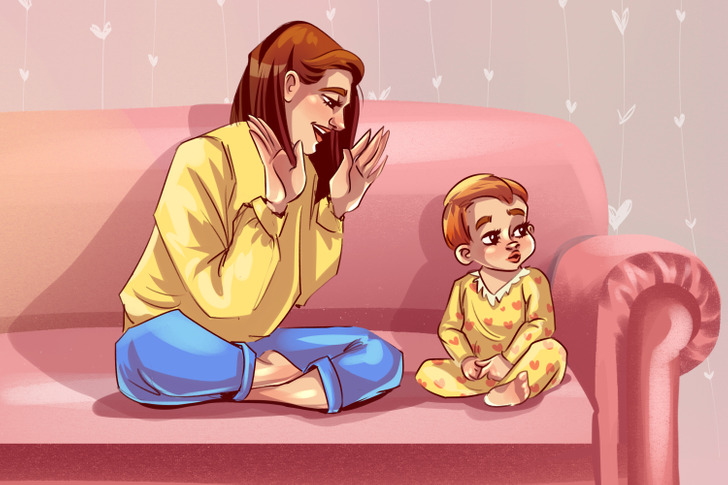
Before the age of 12 months:
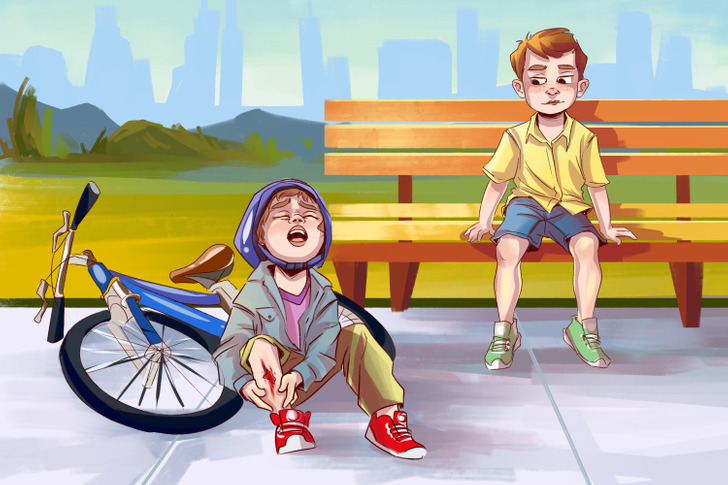
After the first 12 months:
Do you have kids and if you do, what worries you the most about their behavior? How hard is it to know what your child needs when they can’t articulate their emotions just yet?






